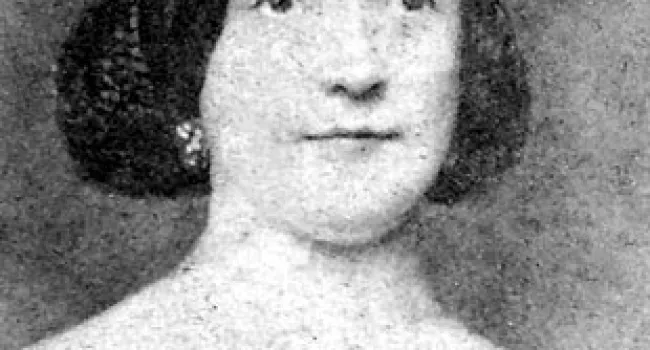
Photo
Mary Boykin Chesnut (1823-1886) was the wife of James Chesnut Jr., and a famous Civil War diarist. Born near Camden, she attended private schools; at Madame Talvande's School in Charleston she first...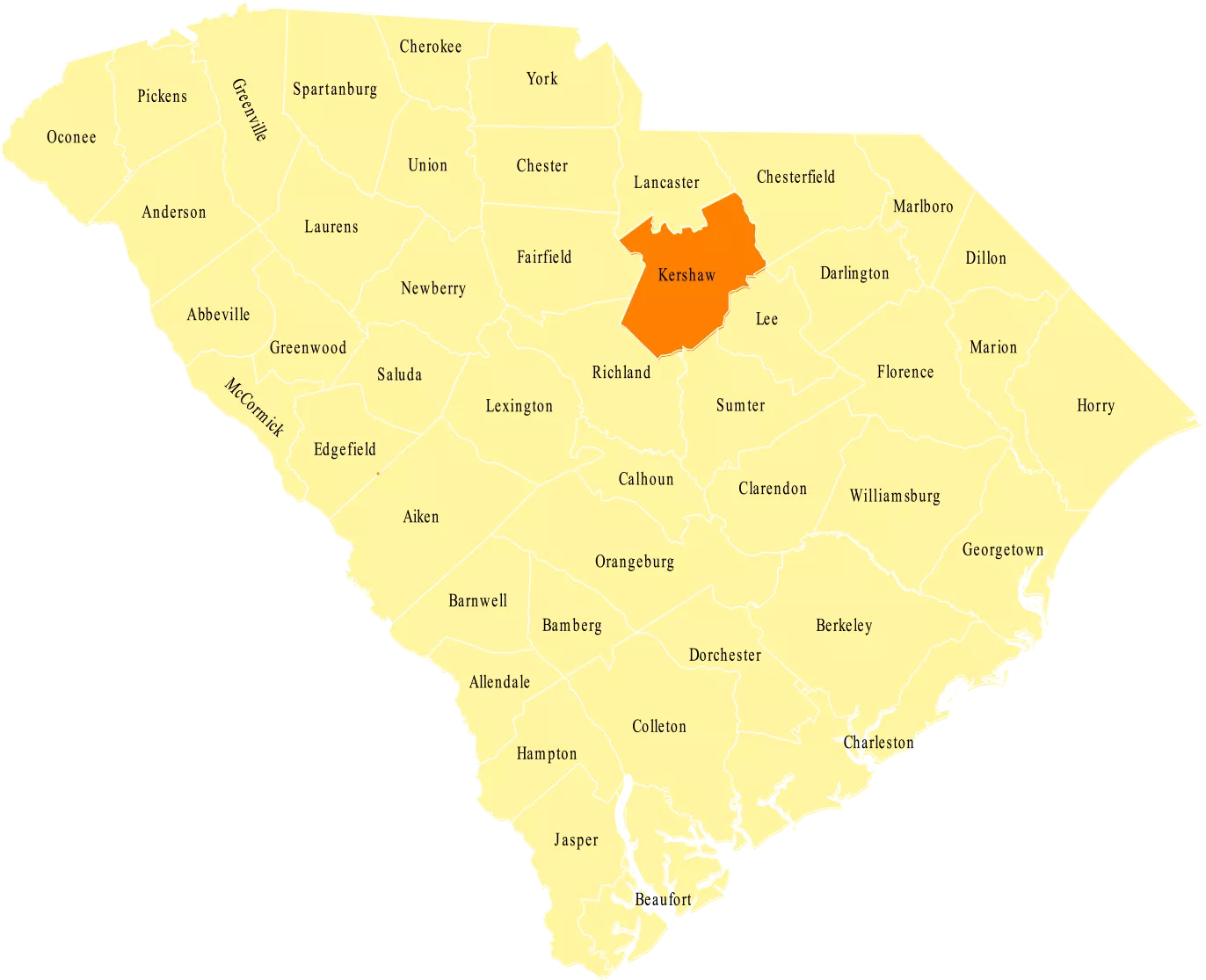
In 1732, the area now known as Kershaw County was settled by English farmers and traders from Charleston. The county emerged in 1791 out of lands from Richland, Claremont, Lancaster, and Fairfield counties. The county’s namesake, Joseph Kershaw, was an early settler in the area.
Kershaw County played a critical role in wars that shaped this nation. During the Revolutionary War, the British took over Camden, the county seat, for over a year beginning in 1780. A number of Revolutionary War battles also occurred in the county, most notably the battle of Camden and the Battle Hobkirk Hill. An event known as Revolutionary War Field Days takes place annually to honor the county’s role in the United States’ fight for independence.
General Sherman burned Camden during the Civil War. Many of the most notable Kershaw County locals lived during this period in history. Six Confederate generals called this county home. Mary Boykin Miller Chesnut, whose diary-style account of the Civil War, Mary Chesnut’s Civil War, “is generally acknowledged today as the finest literary work of the Confederacy,” was also a Kershaw County local.
Today, Kershaw County is known as an important equestrian area. The Carolina Cup International Steeplechase Races occur in Camden every year. The National Steeplechase Museum, the only museum of its kind in North America, also exists in Kershaw County. The area also offers recreational opportunities via Lake Wateree and a thriving Antique and Arts District in Camden.
SOURCES: History of Kershaw County. Accessed June 06, 2016. Mary Boykin Miller Chesnut. Accessed June 06, 2016.

Photo
Mary Boykin Chesnut (1823-1886) was the wife of James Chesnut Jr., and a famous Civil War diarist. Born near Camden, she attended private schools; at Madame Talvande's School in Charleston she first...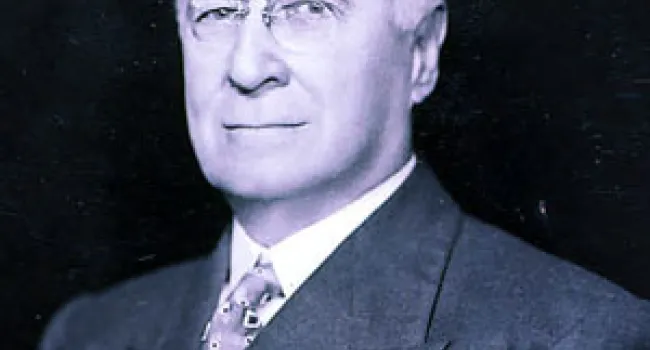
Photo
Bernard Mannes Baruch (1870-1965) served the United States as an economic planner during both World Wars, and was the author of the Baruch Plan, a post-World War II proposal for international control...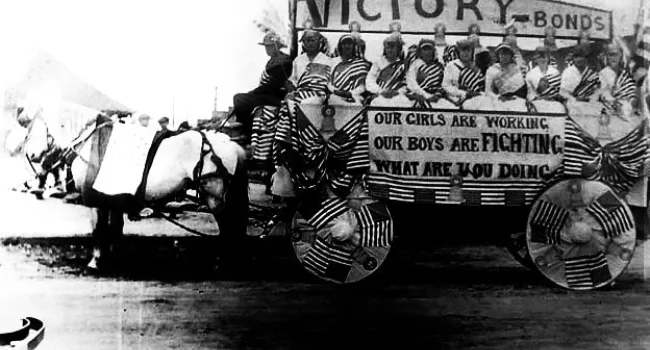
Photo
The Kershaw Mills of Springs Manufacturing sponsored this float in the Third Liberty Loan Parade on April 27, 1918, urging mill workers to participate in the war effort by buying Victory Bonds...
Photo
A map of the Battle of Camden. After Charleston fell to the British in 1780, Lord Cornwallis established posts at a number of places in the interior of South Carolina to serve as a base for pacifying...
Video
On August 16, 1780, General Horatio Gates' army, joined by militia men from North Carolina and Virginia, marched south toward the British outpost in Camden, South Carolina. At the same time, Lt...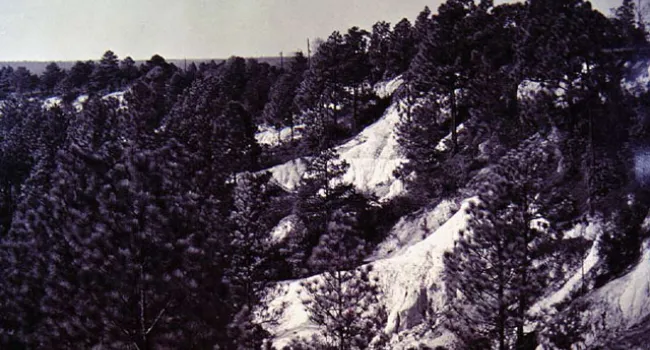
Photo
The Sandhills of South Carolina marked the edge of the ancient ocean shoreline nearly 55 million years ago in what is now South Carolina. The Sandhills today form a band that separates the Midlands...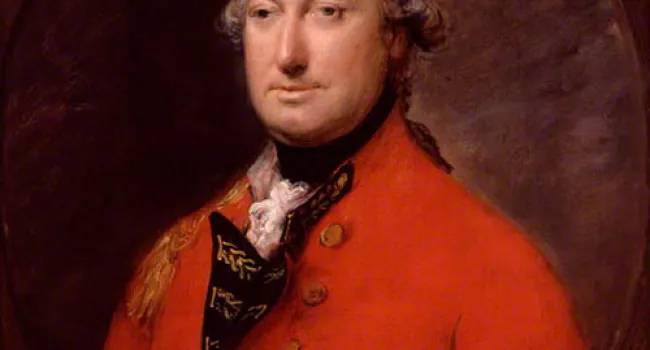
Photo
Lieutenant General Charles Earl Cornwallis was appointed by General Henry Clinton to lead the Southern Campaign when Clinton returned to New York. On August 16, 1780, General Gates' army, joined by...
Photo
Baron Johann Dekalb was second-in-command to General Horatio Gates.
Photo
General Horatio Gates was the leader of the new Continental Army in the South. He was known as the “Hero of Saratoga,” one of the biggest patriot victories, in New York State in 1777. His second-in...
Video
Brief history of the Revolutionary War Battle of Camden, S.C. that occurred August 16, 1780.